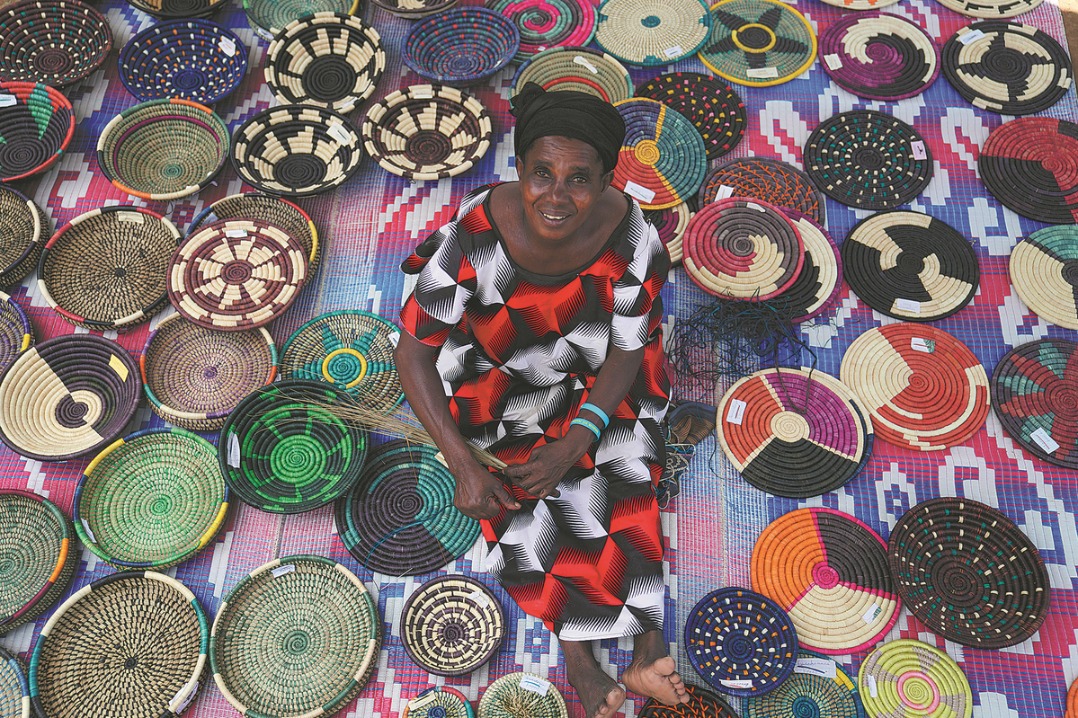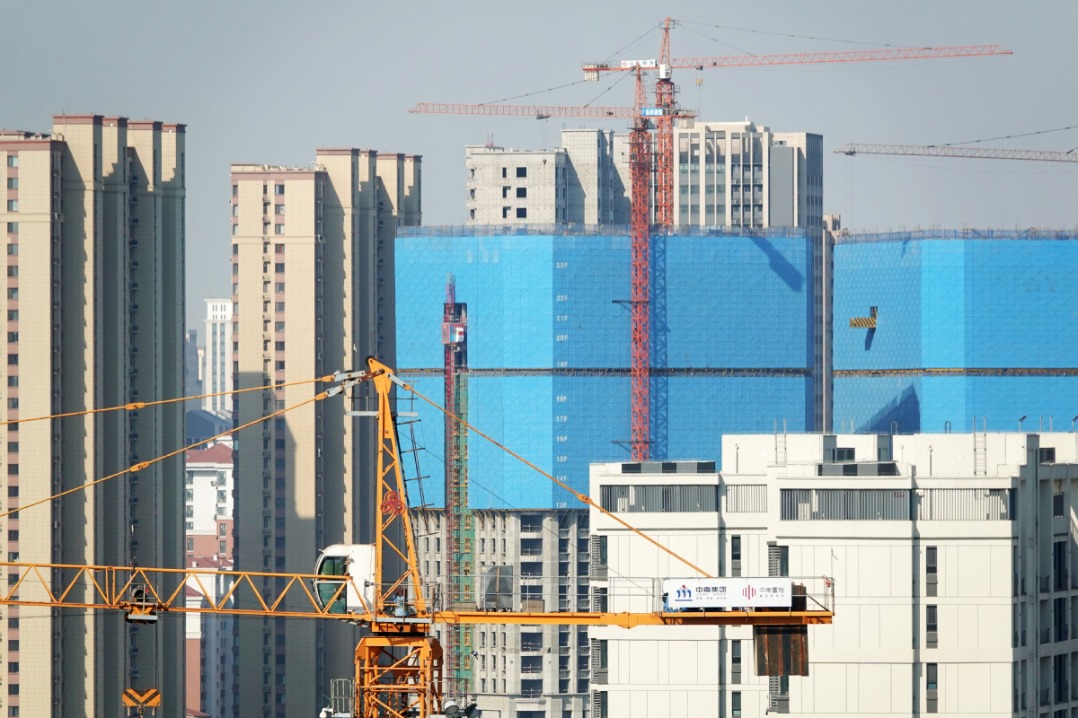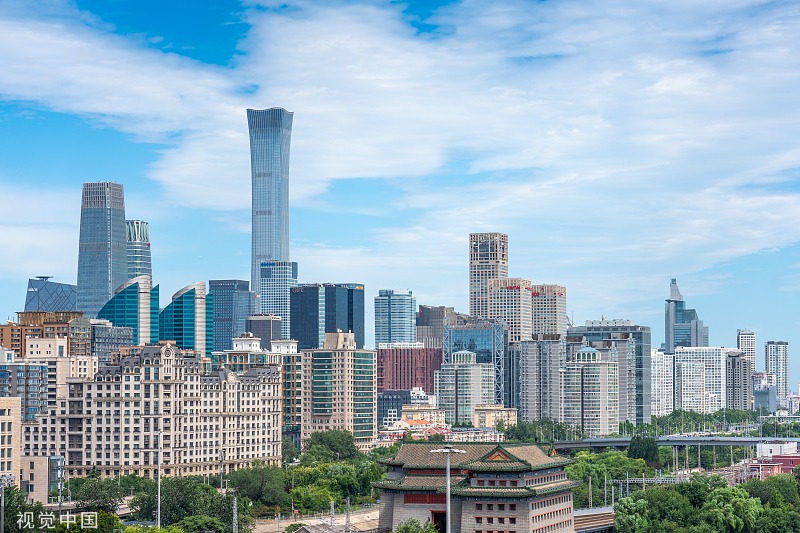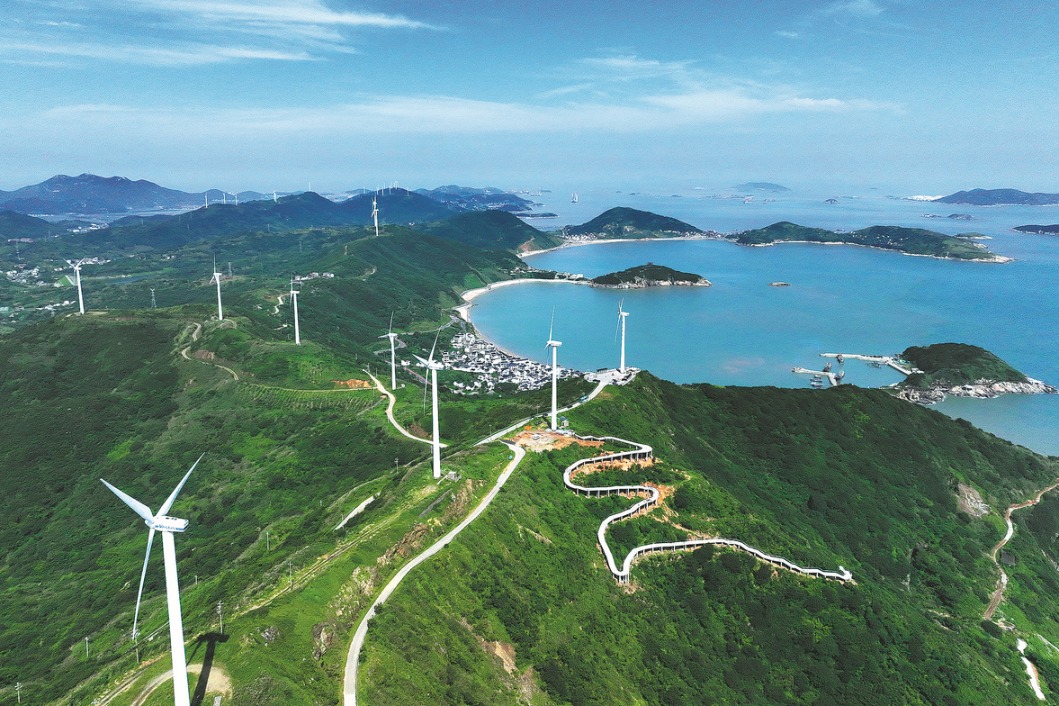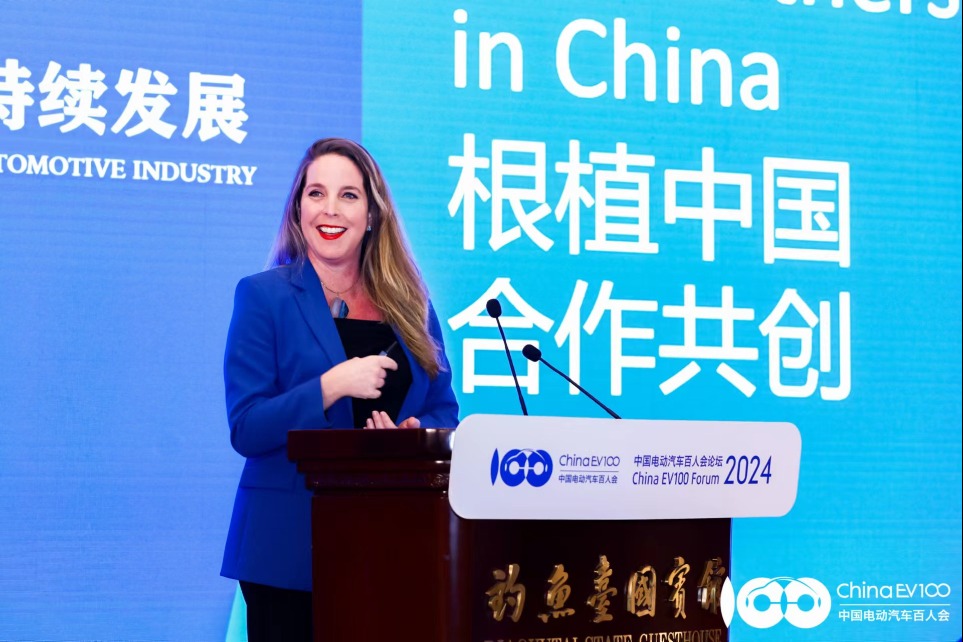China's Green Development in the New Era
CHINA DAILY | Updated: 2023-01-20 07:33
III. Adjusting and Improving the Industrial Structure
China is committed to the philosophy of innovative, coordinated, green, open and shared development, and takes innovation-driven development as the driving force to create new momentum and build new strengths for economic development. China has placed rigid constraints on the exploitation of resources and the environment to promote comprehensive adjustment of the industrial structure, and strengthened regional cooperation to optimize the spatial configuration of industry. As a result, China's economy has registered a steady improvement in the quality of development while maintaining a reasonable pace of growth.
1. Vigorously developing strategic emerging industries
China implements the innovation-driven development strategy. It takes scientific and technological innovation as the driving force and guarantee for adjustment of industrial structure and green and low-carbon transition of the economy and society and regards strategic emerging industries as a key driver for economic development, reaping remarkable economic and social benefits as a result.
China has intensified investment in scientific and technological innovation. The nation's gross domestic research and development (R&D) spending grew from RMB1.03 trillion in 2012 to more than RMB2.8 trillion in 2021. Its R&D spending intensity, or the expenditure on R&D as a percentage of its GDP, rose from 1.91 percent in 2012 to 2.44 percent in 2021, approaching the average level of the Organization for Economic Cooperation and Development (OECD) countries. Chinese enterprises' investment in R&D has continued to increase, accounting for more than 76 percent of the country's total R&D investment. By the end of 2021, China's energy conservation and environmental protection industry owned 49,000 valid invention patents, and the new energy industry held 60,000, 1.6 and 1.7 times more than in 2017. From 2011 to 2020, the number of patent applications filed by China for environment-related technology inventions was close to 60 percent of the world total, making it the most active country in environmental technology innovation.
Emerging technologies have become the main props of China's economic development. Thanks to accelerated efforts to implement emerging technologies such as artificial intelligence (AI), big data, blockchain, and quantum communication, new products and business forms including intelligent terminals, telemedicine, and online education have been cultivated, and their role in boosting growth has continued to increase. China's digital economy ranks second in the world. During the 13th Five-year Plan period (2016-2020), the average annual growth rate of the added value of information transmission, software and information technology services reached 21 percent. The internet, big data, AI, 5G and other emerging technologies are deeply integrated with traditional industries, facilitating the integration of advanced manufacturing with modern services. The value-added output of high-tech and equipment manufacturing in 2021 accounted for 15.1 and 32.4 percent of that of industries above designated size, up 5.7 and 4.2 percentage points from 2012 respectively. China is on the way to realize the transformation and upgrading from "made in China" to "intelligent manufacturing in China".
China's green industries continue to grow. The renewable energy industry is growing rapidly, and China leads the world in the manufacture of clean energy generation facilities for wind and photovoltaic power. China produces more than 70 percent of the global total of polysilicon, wafers, cells and modules. The quality and efficiency of the energy-saving and environmental protection industries have continued to improve. China has developed a green technical equipment manufacturing system covering various sectors such as energy and water conservation, environmental protection, and renewable energy. The manufacturing and supply capacity of green technical equipment increases markedly while the cost keeps dropping. Technology in the fields of energy and water conservation equipment, pollution control, and environmental monitoring meets the highest international standards.New forms and models of business continue to grow, such as comprehensive energy services, contract-based energy and water management, third-party treatment of environmental pollution, and comprehensive carbon emissions management services. In 2021, the output value of China's energy conservation and environmental protection industries exceeded RMB8 trillion.Extensive pilot projects have been carried out at local level to explore methods and pathways to realize the value of eco-environmental products. New models of eco-friendly industry such as urban modern agriculture, leisure agriculture, eco-environmental tourism, forest healthcare, boutique homestays, and pastoral leisure complexes have witnessed rapid development.
2. Taking well-ordered steps to develop resource-based industries
China continues to expand supply-side structural reform and reverse the extensive development model that relies heavily on resource consumption at the cost of high pollution and emissions. With environmental capacity as a rigid constraint, it has exerted tight control over the production capacity of energy-intensive industries and industries with high emissions or water consumption, in order to optimize its industrial structure.
Easing overcapacity and closing down outdated production facilities.While protecting industrial and supply chains, China has taken active and well-ordered steps to ease overcapacity and close down outdated production facilities. Measures have been taken to curb industries that over-exploit resources and cause environmental damage, such as steel, cement and electrolytic aluminum. A swap system has been introduced that allows producers to open equal or lower amounts of new capacity in return for closures elsewhere. During the 13th Five-year Plan period (2016-2020), China has removed more than 150 million tonnes of excess steel production capacity and 300 million tonnes of excess cement production capacity. Substandard steel products have been eliminated and almost all outdated production capacity in industries such as electrolytic aluminum and cement manufacturing has been removed.
China is resolved to stop the blind development of energy-intensive projects with high emissions and outdated production techniques. It has raised the entry threshold for some key industries in terms of land use, environmental protection, energy and water conservation, technology, and safety. A differentiated system has been introduced for energy-intensive industries, covering differentiated electricity pricing, tiered electricity pricing, and punitive electricity pricing. For energy-intensive projects with high emissions and outdated production techniques, China applies a list-based management approach involving classification and dynamic monitoring. It resolutely investigates and punishes all projects that violate laws or regulations. In areas with problems of water shortage or overconsumption, restrictions are imposed on various types of new development zones and projects requiring high water consumption.
3. Optimizing regional distribution of industries
Fully considering factors such as energy resources, environmental capacity, and market potential, China promotes the convergence of some industries in areas with more suitable conditions and greater potential for development. To expedite the formation of a modern and efficient industrial development configuration, it improves the distribution of productive forces and expands the division of industries and coordination across regions.
Working to bring about a rational distribution of raw material industries.China employs overall planning of resources such as coal and water and takes into consideration environmental capacity. Several modern coal chemical industry demonstration zones have been established in the central and western regions to pilot projects for technology upgrading in the coal chemical industry. A group of large-scale high-quality petrochemical industry bases has been constructed in coastal areas to promote the safe, green, intensive, and efficient development of the industry.
Expanding the division of industries and cooperation across regions. China is seeking to establish and improve a benefit-sharing mechanism by employing the comparative strengths of every region, each relying on its own resources and environmental advantages, and on the foundations of industrial development. Multi-type and multi-mechanism industrial division and coordination have been strengthened, along with cooperation between the east and the central and western regions, creating a framework of coordination, complementarity of strengths, and common development.Transferring industries and cooperation across regions are measures that help to break through the environmental and resource constraints that stifle industrial development. They also make room for the development of high-tech industries in the eastern region and propel the industrialization and urbanization process of underdeveloped areas in the central and western regions, improving the balance and strengthening the coordination of regional development.







